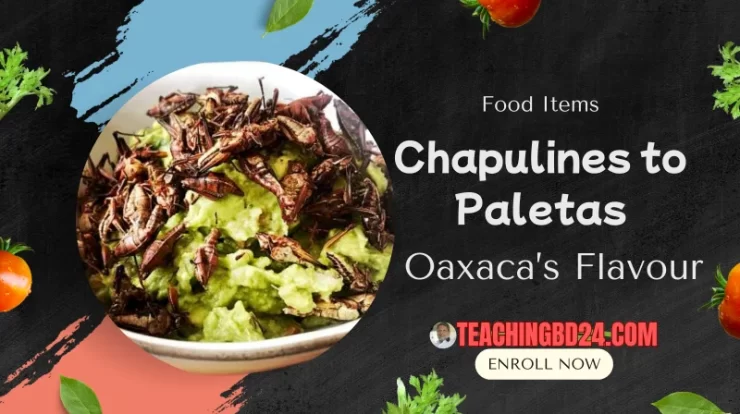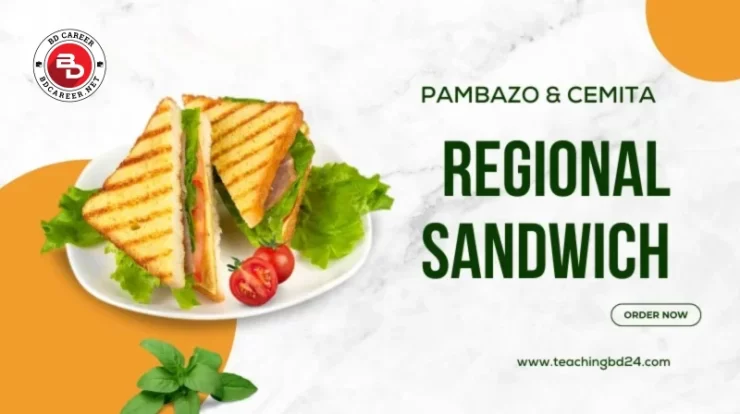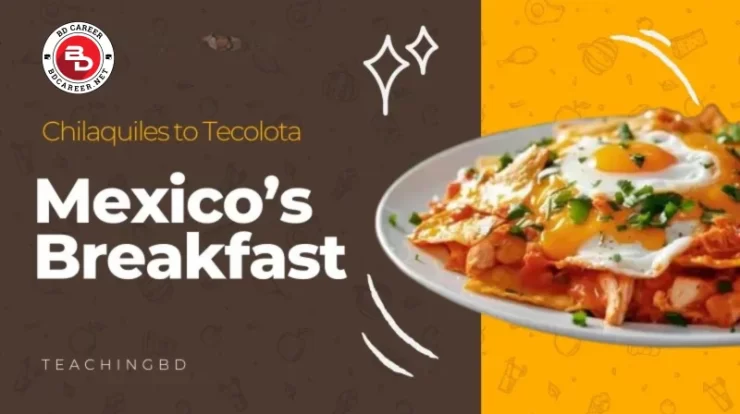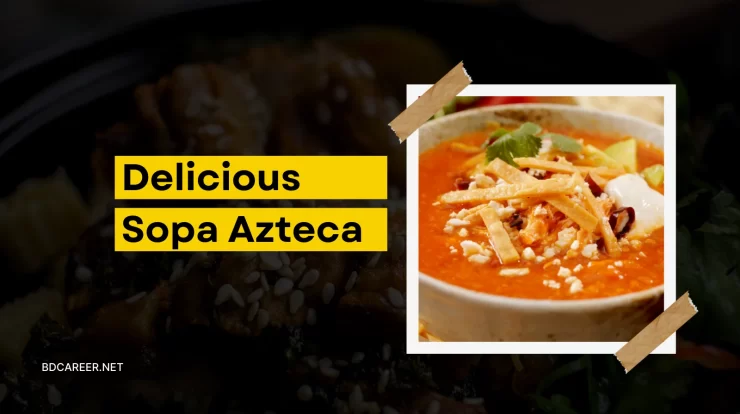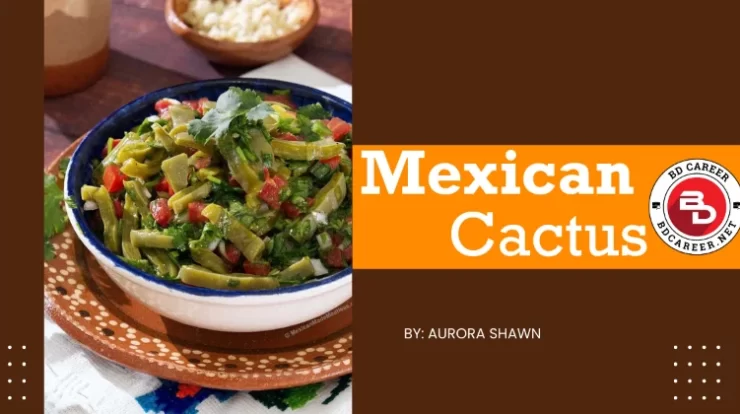
You have experienced a bit of Mexican history if you have ever sat down to a platter of soft, green cactus paddles sizzling on a hot griddle. Cacti, more especially the nopal, or prickly pear, cactus, have been a common sight in Mexican houses for ages. Once regarded as merely a common, unassuming vegetable, it is currently causing a stir on the international scene as a recognised “superfood.”
Nopal’s rise is no coincidence. Cactus plants are a great option for customers who are looking for delicious, nutrient-dense, nutritious, and culturally genuine meals in the modern era. Traditionally drunk mostly in Mexico, it is now found in European medicinal product research facilities, New York health stores, and Tokyo juice bars.
However, how did this prickly plant, which originated in arid deserts, end up being a modern wellness culture favourite? We must examine its rich cultural heritage, nutritional secrets, and exceptional flexibility to provide an answer.
Contents
The History of Cactus in Mexican Culture
Indigenous cultures in Mexico were growing and eating nopal long before stores and diet fads. The Aztecs adored it in addition to eating it. Tradition has it that the deities ordered the original inhabitants of Tenochtitlan (present-day Mexico City) to establish the town after they spotted a golden eagle sitting atop a cactus, consuming a snake. The national flag of Mexico now features that exact picture as its insignia.
Nopal was useful in addition to being symbolic. Its paddles were juiced for medicinal purposes, grilled as a side dish, or served in stews. In hot climates, its fruit—the prickly pear, often known as “tuna”—offered sweet, refreshing respite. Recipes that combined nopal with chiles, tomatoes, onions, and herbs were passed down through the generations, transforming the basic cactus into incredibly flavourful dishes.
For more than 500 years, nopal has been a part of Mexico’s culinary culture due to its continued use. Nopal survived while other native foods became less popular. It was an inexpensive, plentiful, and adaptable plant that literally flourished where others wilted.

Why Nopal Deserves the Superfood Title
The term “superfood” gets thrown around a lot. But when it comes to nopal, it’s more than marketing hype. Scientists have confirmed what traditional healers knew all along: cactus is packed with health benefits.
Per 100 grams of raw nopal, you’ll find:
- High fibre content: Promotes gut health and satiety.
- Antioxidants: Flavonoids and polyphenols help fight cellular damage.
- Vitamin C, magnesium, and potassium: Essential for immune function, muscle health, and electrolyte balance.
- Low-calorie and low-carb: Ideal for weight management and blood sugar control.
Perhaps most notably, studies have shown that consuming nopal can help reduce blood glucose levels, making it a useful dietary aid for people with type 2 diabetes. It can also lower LDL (bad) cholesterol, reduce inflammation, and even provide hydration due to its high-water content.
Compared to kale, quinoa, or chia seeds, nopal stands shoulder-to-shoulder. It’s proof that a nutrient-rich, functional food doesn’t have to come from overseas or from cutting-edge food tech. It can grow right in the desert.
From Fields to Markets: Modern Cultivation and Sustainability
Cactus farming is a silent warrior in a world that faces challenges with climate change, soil erosion, and droughts. Nopal needs a fraction of the water required by traditional crops like maize or lettuce since it is naturally drought-resistant. It grows well on low soils and stabilises the land, even preventing desertification.
Nopal production provides a steady income for rural farmers, particularly in central and northern Mexico. Cacti can be grown, harvested, and sold on small farms for comparatively little money. While industrial farms provide export-quality nopal to buyers abroad, local markets are a hive of activity in the mornings with fresh paddles.
Cacti are used in industry in addition to food. Nopal extracts are currently being investigated for use in biofuels, biodegradable polymers, and even natural water purifiers. It is not hyperbole to suggest that this plant may have several uses in nourishing, healing, and safeguarding the environment.

The Culinary Evolution: Traditional Meets Modern
Step into a traditional Mexican kitchen. You might find cactus diced into scrambled eggs (huevos con nopales), folded into tacos, simmered with beef in a spicy stew, or served cold as a salad with tomatoes, onions, and cilantro. Its texture is a cross between green beans and okra, and it pairs well with acidic ingredients like lime and tomato, which balance its natural tartness.
But nopal isn’t just sticking to its roots. Today, chefs are reimagining it for modern palates:
- Smoothies and juices: Blended with pineapple, orange, or cucumber for a refreshing detox drink.
- Snacks: Dehydrated cactus chips seasoned with chilli and lime.
- Fine dining: Pickled cactus served alongside artisanal cheeses or grilled seafood.
- Supplements: Nopal powder or capsules marketed for weight loss and blood sugar control.
Fusion cuisine has embraced it, too. Imagine sushi rolls with nopal instead of cucumber, or Mediterranean salads swapping in grilled cactus strips. Its adaptability is a chef’s dream.
Global Recognition and Market Growth
The demand for nopal has increased dramatically on a global scale in the last ten years. Items made from cactus plants, ranging from powdered extraction to fresh sticks, have become more popular in the US, Europe, and several regions of Asia. Green and nutrient-dense foods are in high demand among health-conscious customers, especially those on plant-based diets.
Nopal is promoted by wellness businesses as a natural detoxifier, weight-loss tool, and digestive aid. Its bioactive components are being investigated by pharmaceutical research teams for possible applications in the treatment of diabetes, obesity, and even liver disease.
But there are difficulties. Many customers inexperienced with cacti are unsure about caring for the roots or preparing them properly. Its extremely slimy appearance when cooked is a source of uncertainty for some. In order to make cactus accessible to people all across the world, businesses are responding by offering pre-cleaned, ready-to-cook choices, powders, and beverages.
Future of the Prickly Superfood
In the future, nopal may become more important when dealing with the issue of food security worldwide. It is an important crop in areas experiencing agricultural pressure from climate change because of its ability to withstand drought and extreme temperatures. Researchers are looking into ways to use cactus plantings for carbon sequestration, renewable energy sources, and even animal feed.
At the same time, maintaining its cultural significance is also crucial. Nopal is more than just another export good for Mexico. It is a component of the national character. Its next chapter will be defined by striking a balance between cultural reverence and commercial growth.
Imagine a time in the future where cactus farms provide for both traditional markets and innovative biotech companies, while also assisting rural people and preserving ecosystems. a time in the future when a once-underappreciated meal is seen as an essential bridge connecting tradition and innovation.
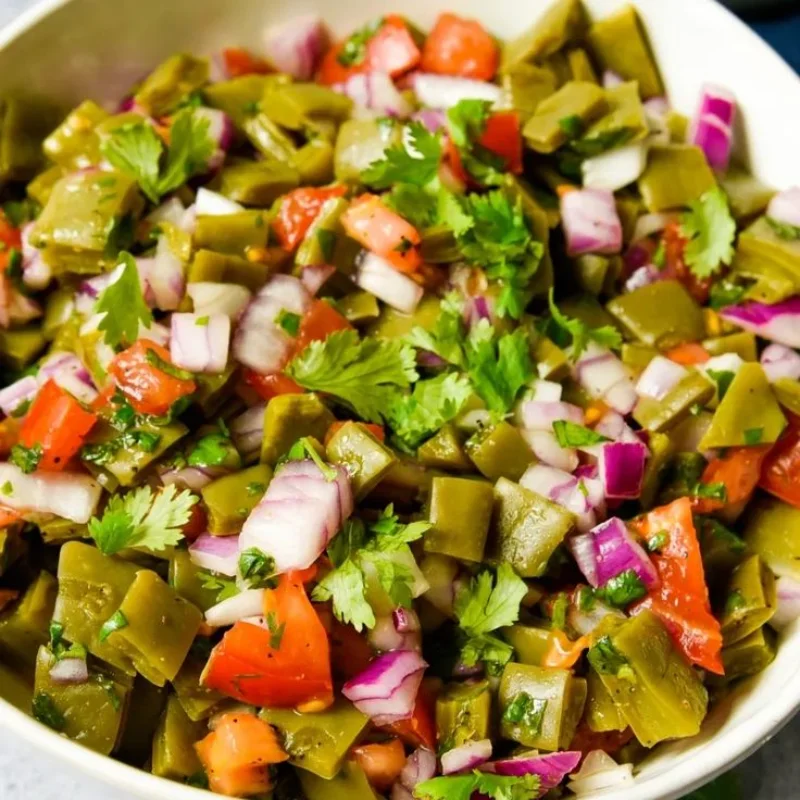
Conclusion
From Aztec fields to modern health stores, cactus has proven its worth across centuries. It’s more than food. It’s medicine, culture, and sustainability rolled into one spiny package.
Mexico cactus is sharing one of its oldest treasures with the world, not as a trend, but as proof that the best solutions to modern problems sometimes lie in ancient wisdom.
In the end, the rise of cactus as a superfood isn’t just a culinary story. It’s a story about resilience, adaptation, and the power of honouring what grows in your own backyard. The next time you see a cactus, don’t just think “prickly.” Think “powerful.”
